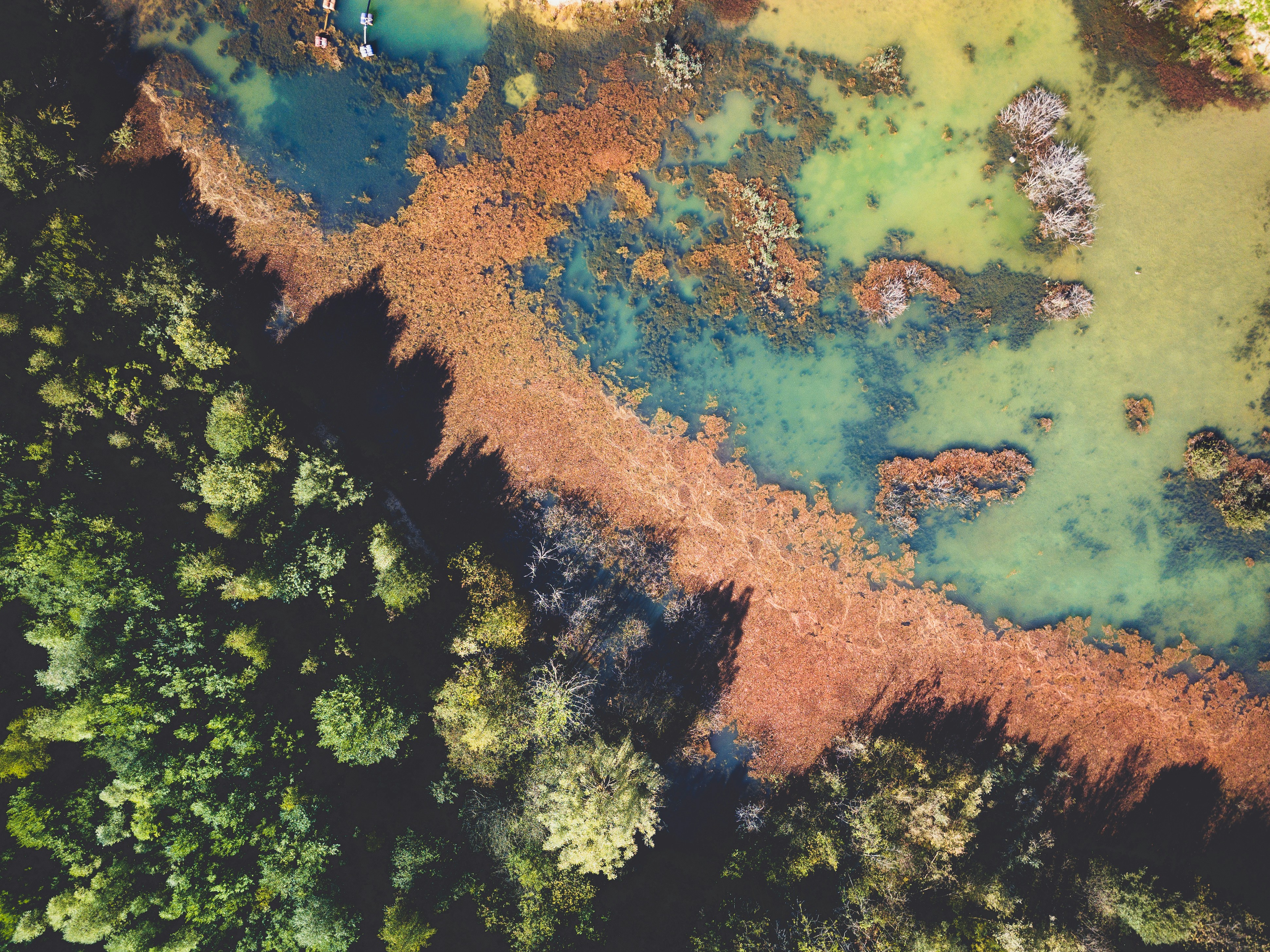The Unseen Impact of Hurricanes on Wildlife and Ecosystems
Hurricanes are often seen through the lens of human impact—devastated homes, disrupted lives, and economic losses. However, these powerful storms also significantly impact wildlife and ecosystems. As climate change amplifies the intensity of hurricanes, understanding their effects on nature becomes crucial. This exploration delves into how hurricanes reshape environments and the living beings within them.
Immediate Effects on Wildlife
The immediate aftermath of a hurricane is marked by destruction and chaos, not just for human habitats but also for wildlife. Forests are often decimated, with trees uprooted and habitats destroyed. This loss of shelter and food sources can have devastating effects on local wildlife. Birds, for example, may lose nesting sites and find themselves displaced, struggling to find new territories.
Marine life also faces significant challenges. Hurricanes can lead to sudden changes in water temperature and salinity, which can be fatal to sensitive species. Coral reefs, often already stressed by warming waters, can be further damaged by the physical force of waves and increased sedimentation. This sediment can suffocate coral, leading to large-scale coral bleaching events.
Long-term Ecological Changes
While the immediate impacts of hurricanes are devastating, the long-term changes they bring about can be equally transformative. The disruption of ecosystems can lead to shifts in species composition and abundance. For instance, forest areas hit by hurricanes often see an increase in opportunistic species that thrive in disturbed environments, while more specialized species may decline.
One such example is the spread of invasive species. The destruction of native habitats creates openings for invasive species to establish themselves, often outcompeting and displacing local flora and fauna. This shift can have cascading effects on the entire ecosystem, altering food webs and ecological interactions.
Impact on Coastal and Marine Ecosystems
Coastal ecosystems such as mangroves, salt marshes, and estuaries play a critical role in buffering the impacts of hurricanes. These areas are often the first line of defense against storm surges and high winds. However, they are not immune to damage. The physical force of a hurricane can erode coastlines, destroy mangroves, and alter tidal flows.
Mangroves, for example, are vital for protecting shorelines from erosion and providing habitats for diverse marine life. Yet, they can be severely damaged by hurricanes, with young mangrove forests being particularly vulnerable. The loss of these habitats not only impacts wildlife but also leaves coastal areas more exposed to future storms.
Recovery and Resilience
Despite the destructive force of hurricanes, nature often demonstrates remarkable resilience. Over time, ecosystems can recover, though the process may be slow and dependent on the severity of the damage. Forests may regrow, albeit with different species compositions, and wildlife populations can rebound.
Efforts to aid in this recovery are crucial. Replanting mangroves, restoring coral reefs, and protecting disrupted habitats can help speed up the process. Additionally, conservation strategies that focus on enhancing the resilience of ecosystems—such as maintaining biodiversity and protecting critical habitats—can mitigate the long-term impacts of hurricanes.
NOAA’s initiatives in coastal habitat restoration are an excellent resource for understanding ongoing efforts to restore and protect affected ecosystems.
The Role of Community and Policy
Community involvement and sound policy are key to addressing the impacts of hurricanes on wildlife and ecosystems. Local communities often have the most intimate knowledge of their environments and can play a crucial role in conservation efforts. Engaging with these communities to develop and implement restoration projects can lead to more effective outcomes.
On a larger scale, policy measures that focus on climate change mitigation, habitat protection, and sustainable development are essential. Strengthening building codes to reduce coastal erosion, creating buffer zones for critical habitats, and reducing carbon emissions can all contribute to reducing the adverse effects of hurricanes.
HelpNow is committed to fostering community resilience through education and training. Our courses, such as Core Safety Training and Emergency Equipment Safety, empower individuals and organizations to better prepare for and respond to disasters, ultimately aiding in the protection of both human and natural environments.
Conclusion
The impact of hurricanes on wildlife and ecosystems is profound and multifaceted. As we face an era of increasingly severe storms, understanding and addressing these effects is more important than ever. By combining scientific knowledge, community action, and policy measures, we can work towards more resilient ecosystems that can better withstand and recover from the ravages of hurricanes.
For more information on how you can get involved in conservation efforts or support initiatives aimed at hurricane preparedness and recovery, visit our About page or consider making a donation to help us continue our vital work.

